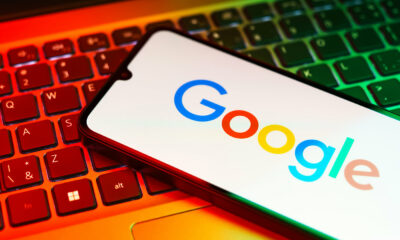SOCIAL
Meta Shares New ‘Culture Codes’ to Help Advertisers Improve the Performance of Their Promotions
As social media usage evolves, so too do usage trends, and the content types that people find the most engaging, and more enticing in social apps.
Initially, in the early days of Facebook and Twitter, brands effectively saw social media as another broadcast platform, another place to display their ads, in the hopes of catching consumer attention and selling more products, in the same way that they would place ads in magazines, or between TV show episodes.
But as social has democratized creation, and given everyone a platform to share their own thoughts with the world, that’s also altered expectations in brand communications, and how promotions align with their interests.
As explained by Meta:
“We’re seeing a shift away from perfection and polish, and towards a culture that instead celebrates what’s unpolished and real. In a recent report from consumer insights company YPulse, a survey found that 84% of young consumers agreed with the statement that “I like it when content from brands is not perfect” and 79% of them agreed they are “tired of seeing perfect images in advertising.”
This is probably most evident on TikTok, where content that aligns with the presentation style of the platform performs much better than straight up ads, which users will simply flick past in the feed.
In line with this, Meta has established six ‘culture codes’ which it says will help brands create more engaging, natural-looking content, that will hold more appeal with modern social media audiences.
“Culture is driven by people, and that culture has its own language – relatable, unpolished and above all, human. Creativity here feels like it’s made by people, for people. When brands understand prevailing culture codes, they communicate as peers, establishing relatability and trust through a shared language.”
Meta’s six Culture Codes are as follows:
- They have real people telling real stories, inviting employees or customers to deliver their message
- They use the language of the platform to signal their place in feed and, therefore, in culture
- They harness the power of creators to establish trust and relatability
- They take us behind the scenes to be part of the process
- They use lo-fi editing techniques that feel handmade and human
- They use humor to dissolve boundaries between brand and audience.
With these elements in mind, Meta says that brands will be better placed to create ads and promotions that better align with evolving consumer expectations, and ring true to potential customers by speaking their language in-stream.
The core value here is authenticity, and creating content that aligns with how normal people engage, like how you would explain what you do to a friend. Which is probably the central focus – increasingly, as more people look to establish more human connection online, brands also need to move in that direction, and take the time to understand and listen to how their audience engages before jumping in with disruptive promos.
There are some good notes in here. Maybe you take a lot from them, or maybe just a little, but these pointers will definitely help to improve your approach to advertising, and appeal to modern consumers.



















You must be logged in to post a comment Login